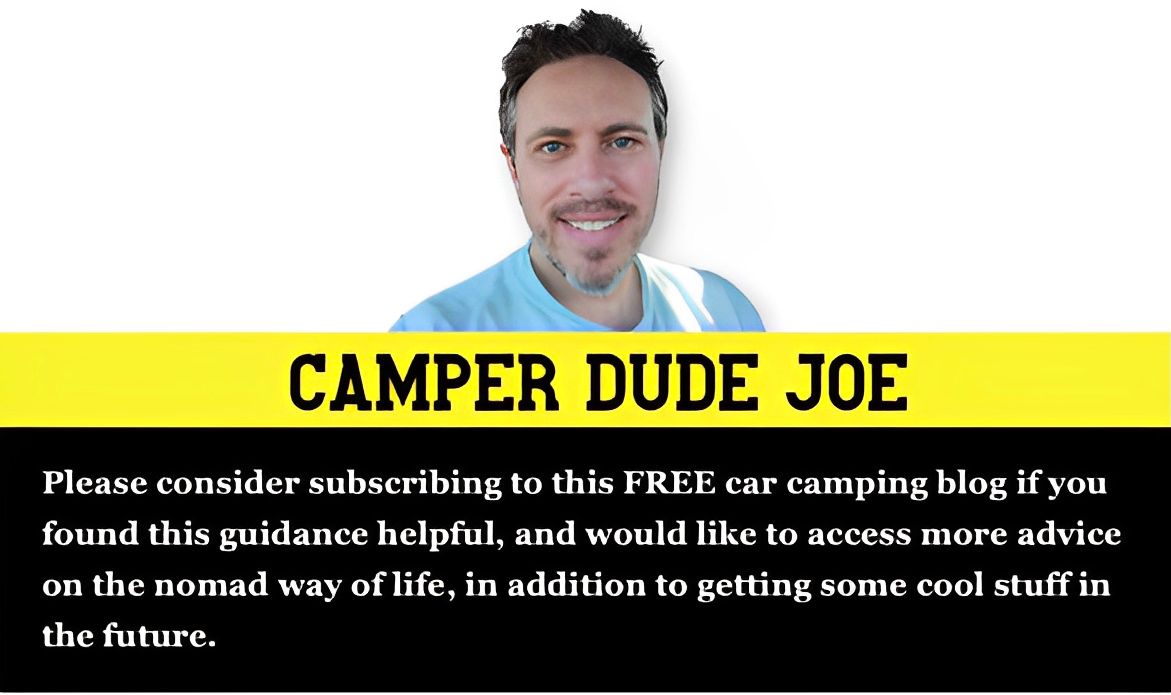BLM Car Camping [What You Need to Know]
![BLM Car Camping [What You Need to Know]](https://images.unsplash.com/photo-1469854523086-cc02fe5d8800?crop=entropy&cs=tinysrgb&fit=max&fm=jpg&ixid=MnwxMTc3M3wwfDF8c2VhcmNofDEzfHxEZXNlcnQlMjBjYW1waW5nfGVufDB8fHx8MTY2NDEyMTAyNQ&ixlib=rb-1.2.1&q=80&w=1200)
If you’re new to car camping, or perhaps if you’ve only stealth camped before or usually stay at private campgrounds, you may not be familiar with BLM land.
This article will discuss what it is, and why it’s a great option for nomads who live - or travel often - in the western half of the United States.
BLM stands for: Bureau of Land Management, and this government entity oversees roughly 245 million acres of land, which is mostly located in; Alaska, Arizona, California, Colorado, Idaho, Montana, Nevada, New Mexico, Oregon, Utah & Wyoming.
BLM land is used for a variety of purposes, like; oil & gas development, energy corridors, timberlands, mining, livestock grazing, and of course, many recreational pursuits, including camping.
There are literally thousands of campsites under BLM management, and they’re all open to the public.
These campsites come in two varieties: Developed and Dispersed. While similar, there are important differences that you should be aware of if you plan on staying at these types of areas.
DEVELOPED
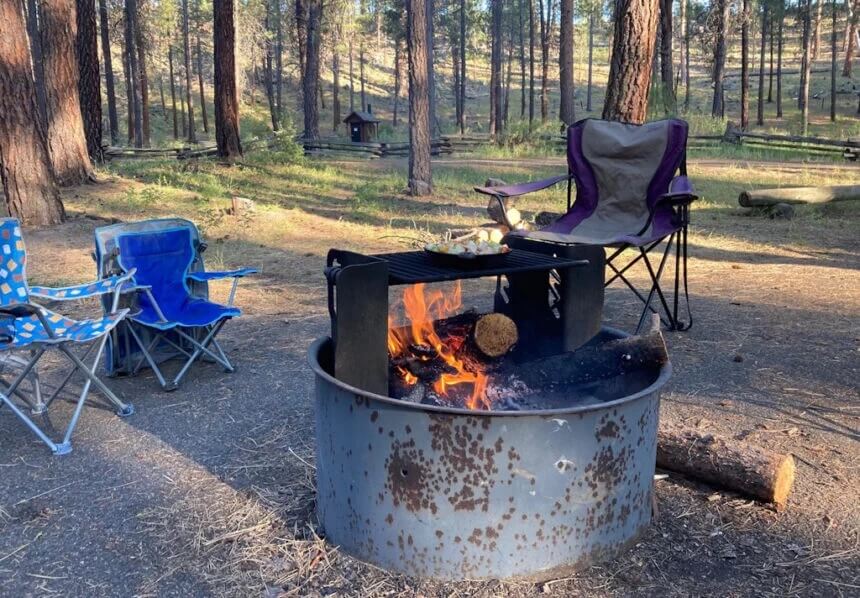
Developed BLM lands somewhat resemble traditional private campgrounds, in that they tend to be more structured in appearance (parking spots, bathrooms, fire rings, etc.), are usually a bit more accessible, with many even featuring hook-ups (water & electric) at each site.
The cost to stay at developed sites goes from about $10-$25 per night.
Pros - Fairly inexpensive, availability of hook-ups and/or other amenities, usually located in more easily accessible areas
Cons - While inexpensive…can still add up fast, usually more crowded/active than dispersed options, can be tougher to get a site during busy or peak times of year, no reservations at most areas (first come, first served)
DISPERSED
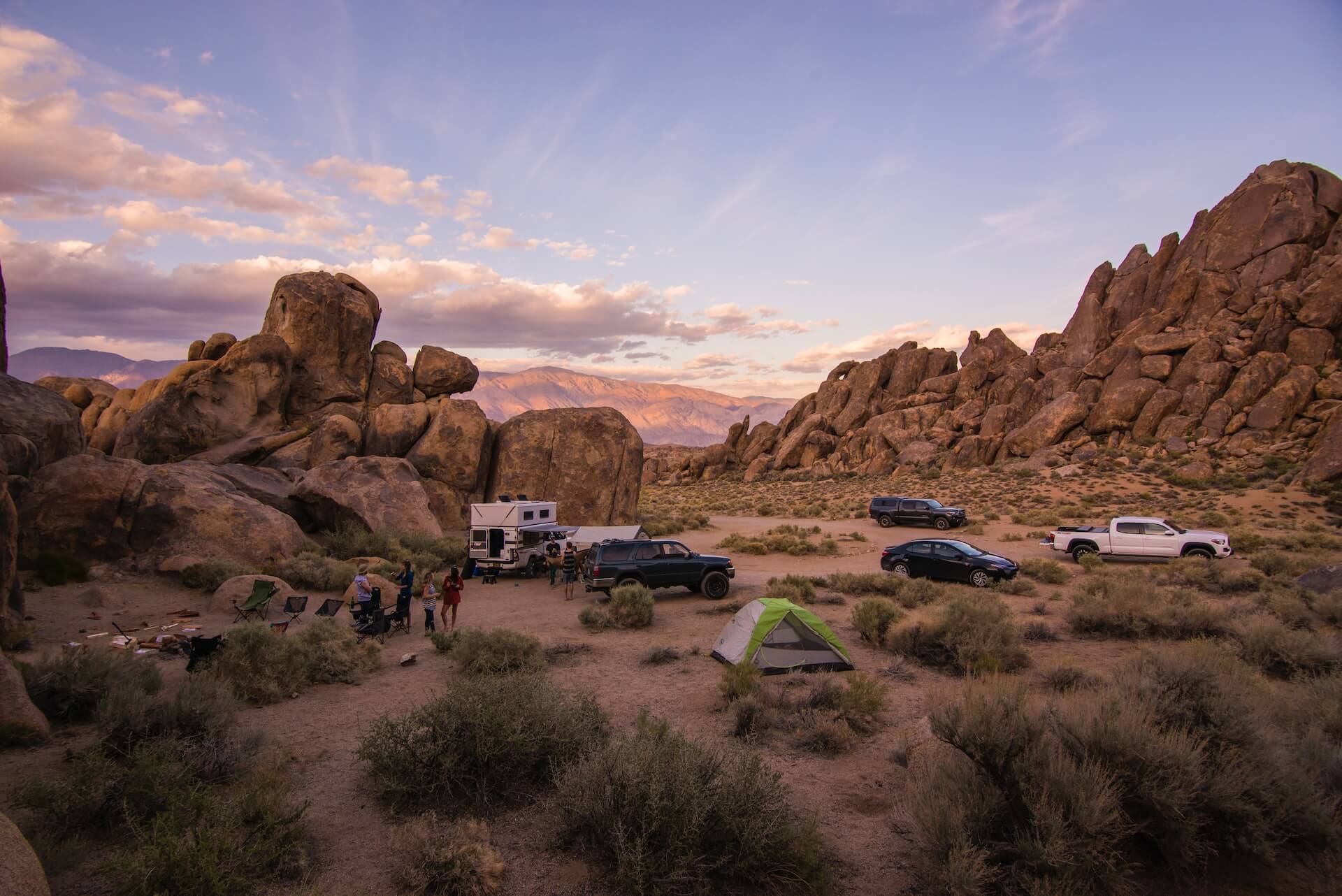
Disbursed BLM land is pretty much large, vacant stretches of acrage - usually off the beaten path - that are totally primitive (no hook-ups, rest rooms, picnic tables, fire rings and the like).
Cost to stay at dispersed sites is almost always FREE.
Pros - Nothing to pay, normally not crowded or heavily populated, almost always easy to find a spot, many areas are located in picturesque surroundings
Cons - Can sometimes be difficult for non-4X4 vehicles to get to…especially in bad weather, very sporadic ranger/police presence (bad for times of emergency), no hook-ups or other amenities, getting a cell signal (for calls, text & internet) can be extremely challenging, camp sites are sometimes not marked and can be tough to locate
LENGTH OF STAY
Most dispersed sites do not allow camping for a period exceeding 14 days within a 28 day window. While this isn’t always enforced strictly, or you might be able to skirt the rules, it’s best to be a good camper and move to another site when required.
HOW TO PAY AT DEVELOPED SITES
Attendants will rarely be on-site at most developed BLM areas, and you usually pay by putting your money into an “iron ranger”, or collection box.
*Some folks cheat the system by not paying, and moral issues aside, this can come back to bite you. Don’t ever do this!
BLM LAND CAMPER ETIQUETTE
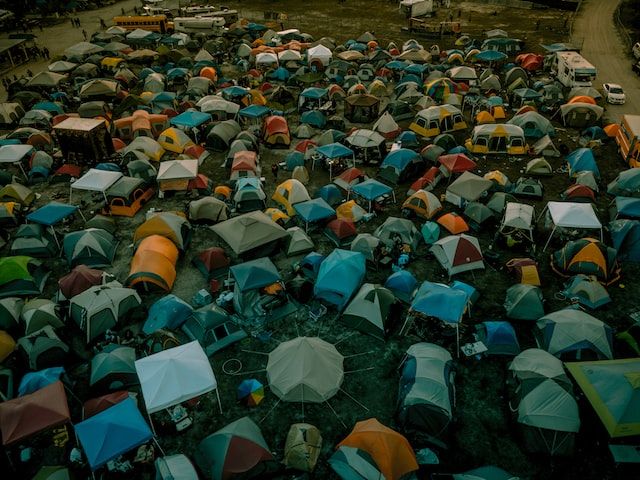
Carry in, carry out - ALWAYS be tidy, and leave no trace behind when departing from a camping area! Do not litter, ever.
Be cautious with campfires - Many areas within the BLM ecosphere have fire regulations, and do not allow campfires at all. Be EXTRA mindful of the rules at each site, as you certainly don’t want to risk harm to land or people. Stiff fines and jail time are also very real repercussions of not following the law.
Give others their space - Unless a location is very crowded, avoid parking directly next to someone in sparse areas. Most campers enjoy their personal space - which is why they’re way out in the sticks in the first place. Give others breathing room and be mindful of comfort boundaries.
Be respectful - Don’t be THAT guy or girl…the annoying one that disrupts everyone else’s solitude. No playing of overly loud music, running noisy generators, using deafening power tools for hours on end, etc. Especially don’t do these things at night!
IMPORTANT SUGGESTIONS
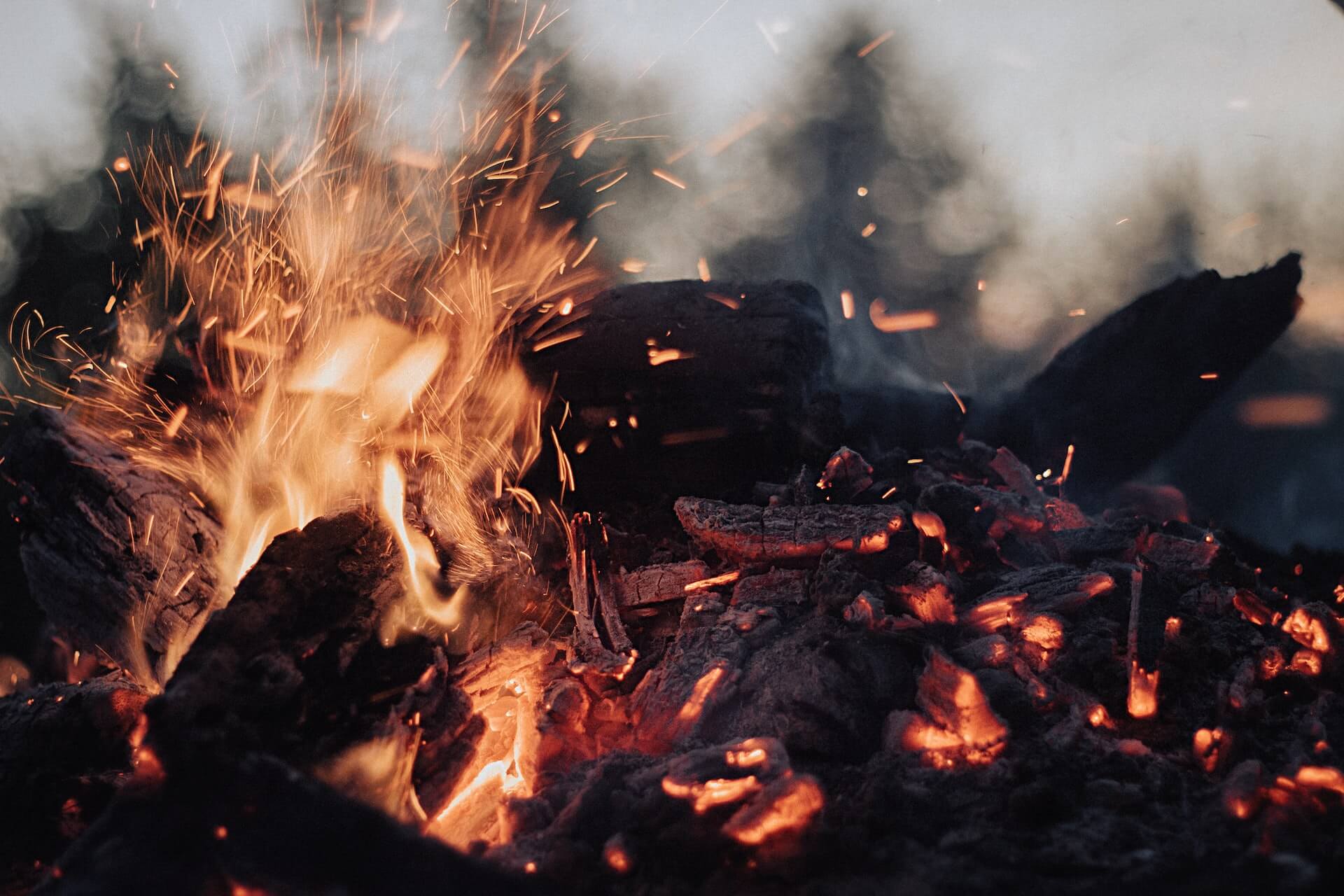
Be vigilant - While the vast majority of BLM camping areas are very safe, like anyplace else, bad things can happen occasionally. Always be aware of your surroundings! If something doesn’t feel or seem right, trust your gut and move to a different place. Carrying pepper spray and a hand-held alarm are good ideas. You’ll probably never need them, but if you ever should, it’s better to be on the offense.
Be kind & courteous - Car campers and nomads are a brotherhood. We have to look out for each other. If you see someone in distress (broken vehicle, injured, ill, lost, etc.), see what you can do to assist. We ALL need a helping hand at times. Also, be friendly with those around you. I’m not much of a talker myself, but I’ve learned that a warm smile and a happy “hello” goes a long way, and instantly puts others at ease.
Be prepared - This one is *SUPER* important. BLM land is often way off the beaten path. Being able to quickly run into a store or supermarket for necessities isn’t possible. You MUST ALWAYS be well prepared. This means having enough food and water for the duration of your camping stay, as well as a cellphone AND the ability to keep it charged at all times for communication & safety purposes. Being stuck someplace in the middle of nowhere with short supplies and no means of communication can be a recipe for disaster.
Watch the weather - Mudslides, massive fires, floods, snowstorms, deadly heat waves and every other natural event that can happen is always in the cards. Be mindful before traveling to a campsite what weather conditions are in the general area. Failure to follow this advice could be life threatening! *A crank-powered emergency radio is a wise investment. It will allow you to receive weather briefs (and other important news) even if you can’t get a cell signal or your vehicle breaks down.
Have the proper tools - It’s imperative that you’re ready if an unfortunate event happens. At the very least, never even consider traveling without these emergency items; first-aid kit, road flares, high-powered flashlight, portable car jumper, spare tire, tire inflator, car jack, lug wrench. Having these items will get you out of the most common jams. Remember, when you’re out in the sticks help may not be nearby. AAA could take many hours to get to you…if they even service that area at all! Law enforcement too might be a long wait, and even longer in extreme weather conditions. It’s better that you’re as independent as possible.
FINAL THOUGHTS
BLM land is a wonderful gift. It offers cheap and/or free camping options in some of the most beautiful locations in America. But with that gift comes great responsibility. Aside from being an educated camper, it is also important that you adhere to the rules of the camping road, both written and non, along your journey.
I’ve been staying at BLM campsites for about 30 years, and they’re really fantastic options for anyone on a budget, or those who prefer to get away from the hustle & bustle of urban areas to enjoy untouched nature and its surroundings.
LIVE WISELY, LIVE WELL!
